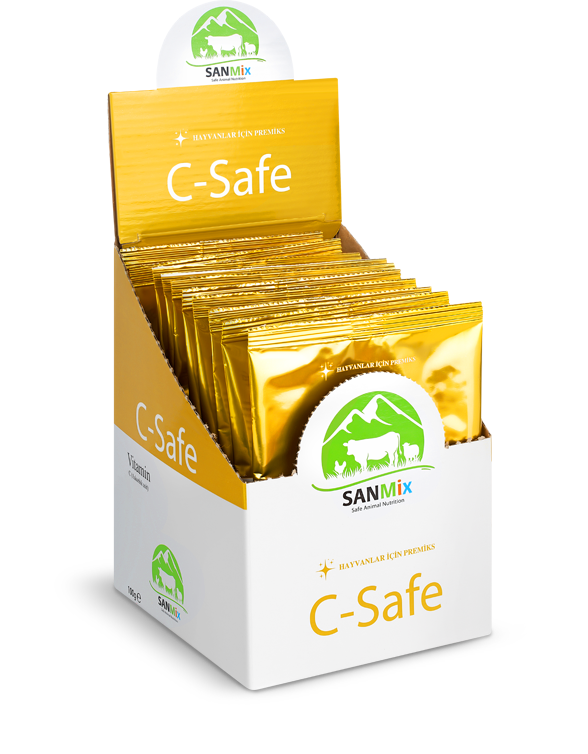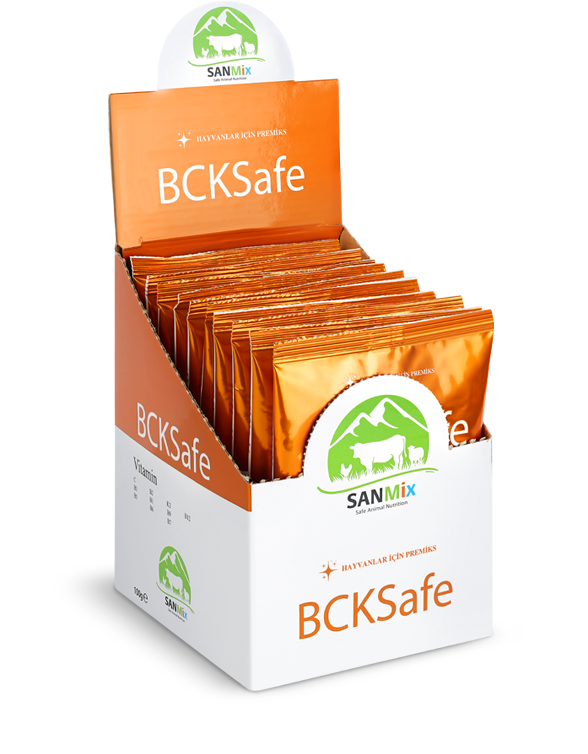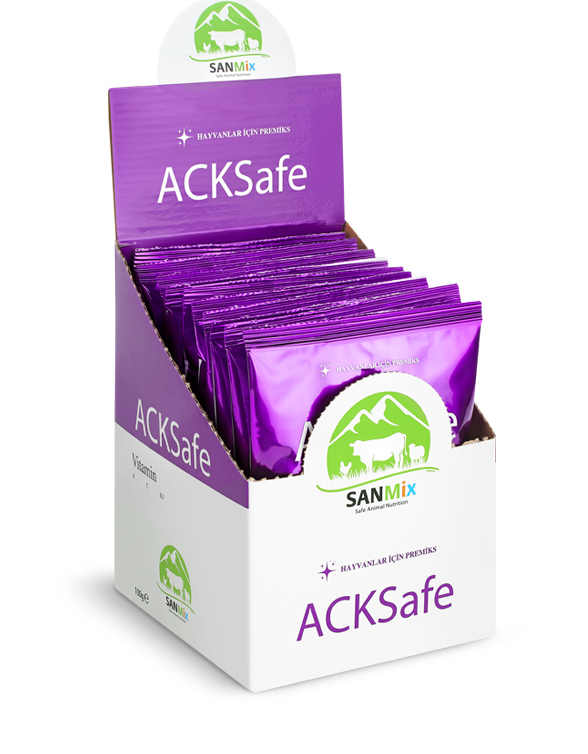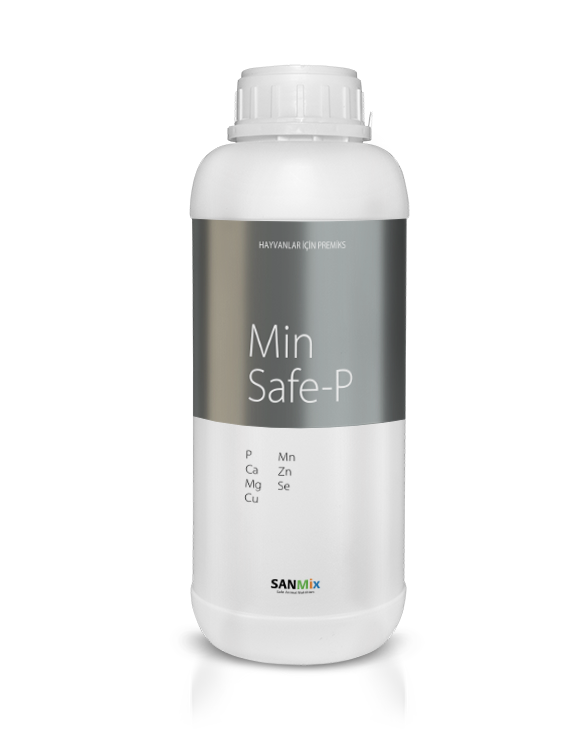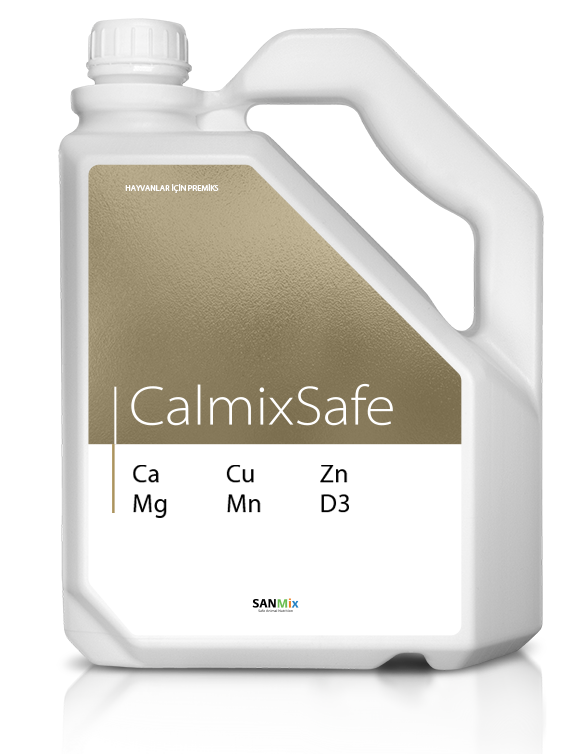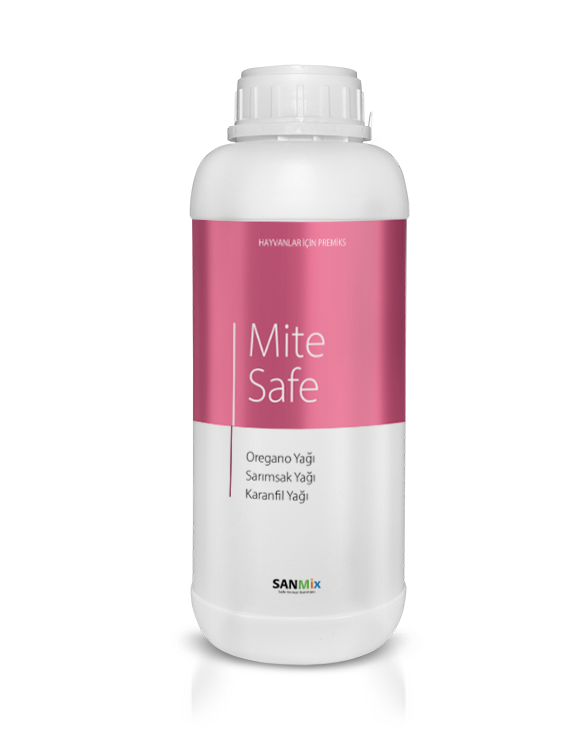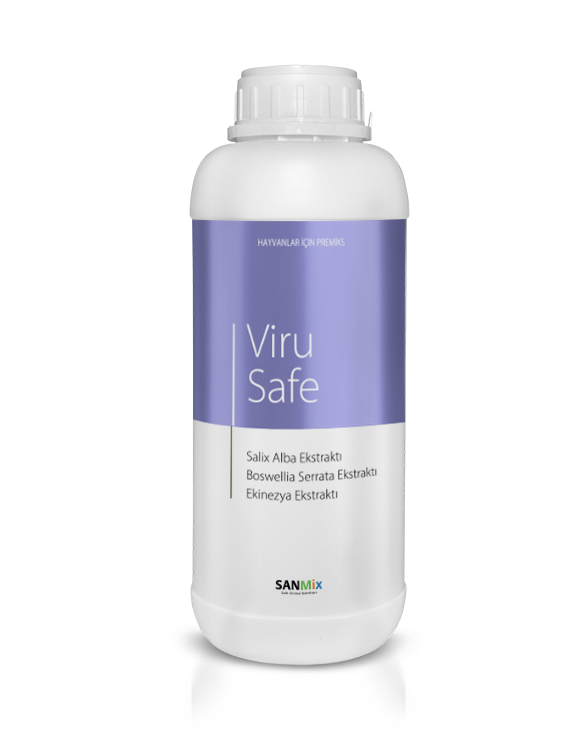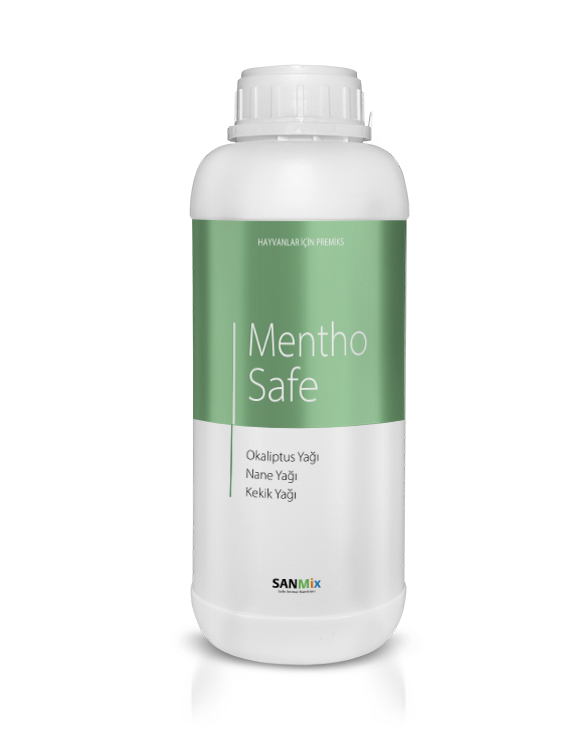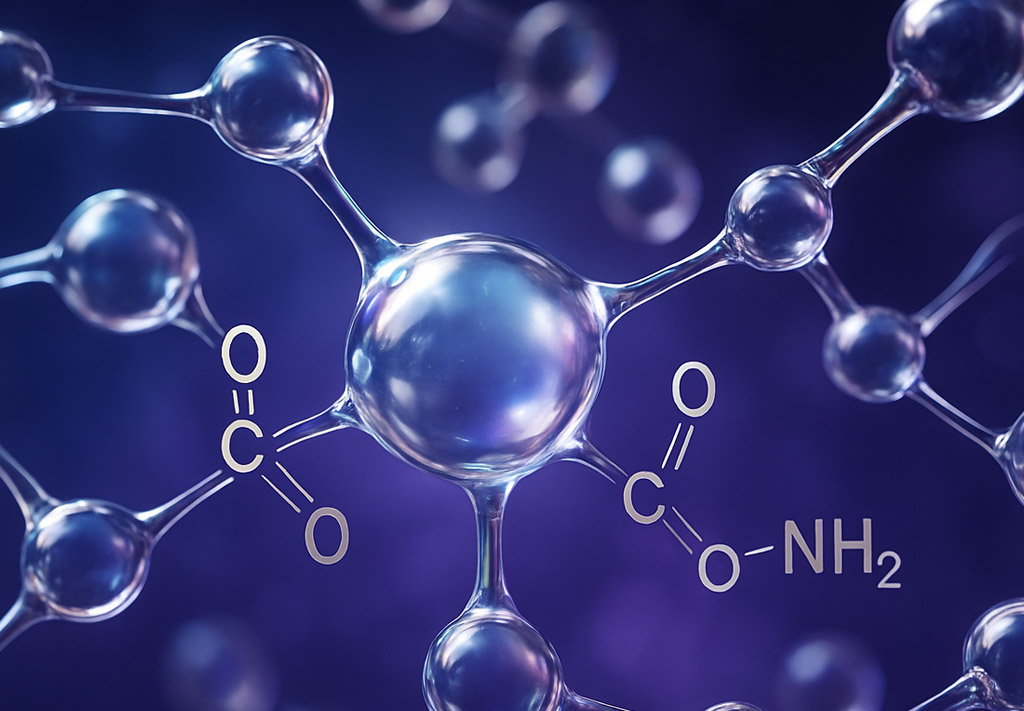In poultry nutrition, trace minerals like zinc, copper, and manganese are essential for growth, immunity, and overall performance. But the form in which these minerals are delivered makes a big difference. That’s where organic minerals — especially amino acid chelates — come into play.
What Are Organic Minerals?
Organic minerals are trace elements bound to an organic molecule, such as an amino acid or peptide, rather than being in an inorganic salt form like sulfates or oxides. This binding improves mineral absorption in the gut and reduces waste through excretion.
Compared to inorganic minerals, organic forms are more stable, better absorbed, and less reactive with other feed components. This means more of the mineral reaches the target tissue — and less is lost along the way.
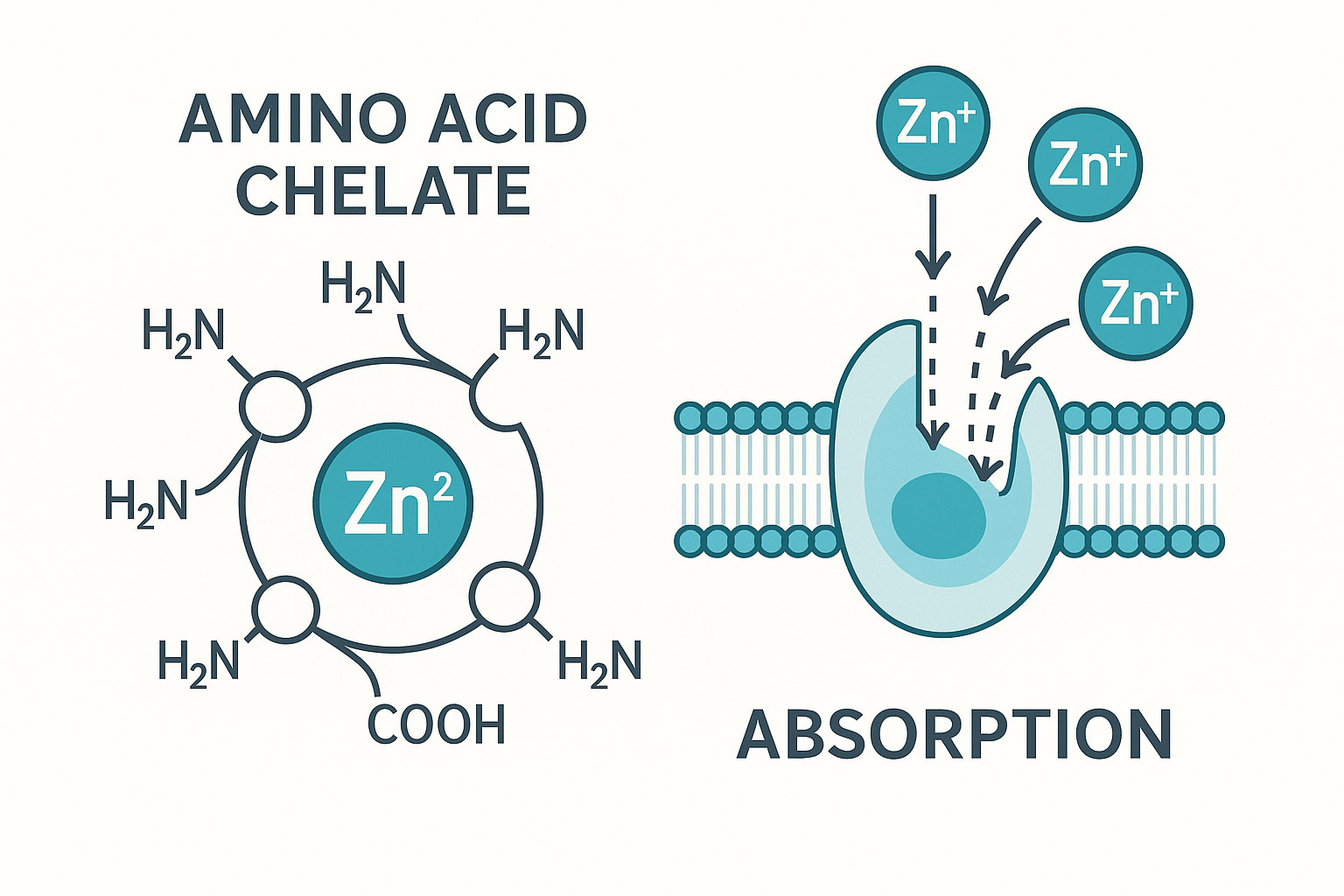
Structure of a zinc amino acid chelate and its absorption through the intestinal membrane.
Why Amino Acid Chelates Matter
Among all organic mineral forms, amino acid chelates are known for their superior bioavailability. In these compounds, a mineral ion is chemically bonded to one or more amino acids in a stable ring structure. This protects the mineral during digestion and allows it to be absorbed using amino acid transport pathways — which are naturally efficient.
Because of this, amino acid chelates can:
-
Improve feed efficiency
-
Strengthen immune response
-
Support bone development and eggshell quality
They also reduce the required mineral dosage in the diet, lowering environmental impact without sacrificing performance.
Conclusion
Not all minerals are equal. Switching to amino acid chelates as your trace mineral source can help maximize poultry performance while supporting gut health and sustainability. It’s a small change in formulation — with a big impact in results.
